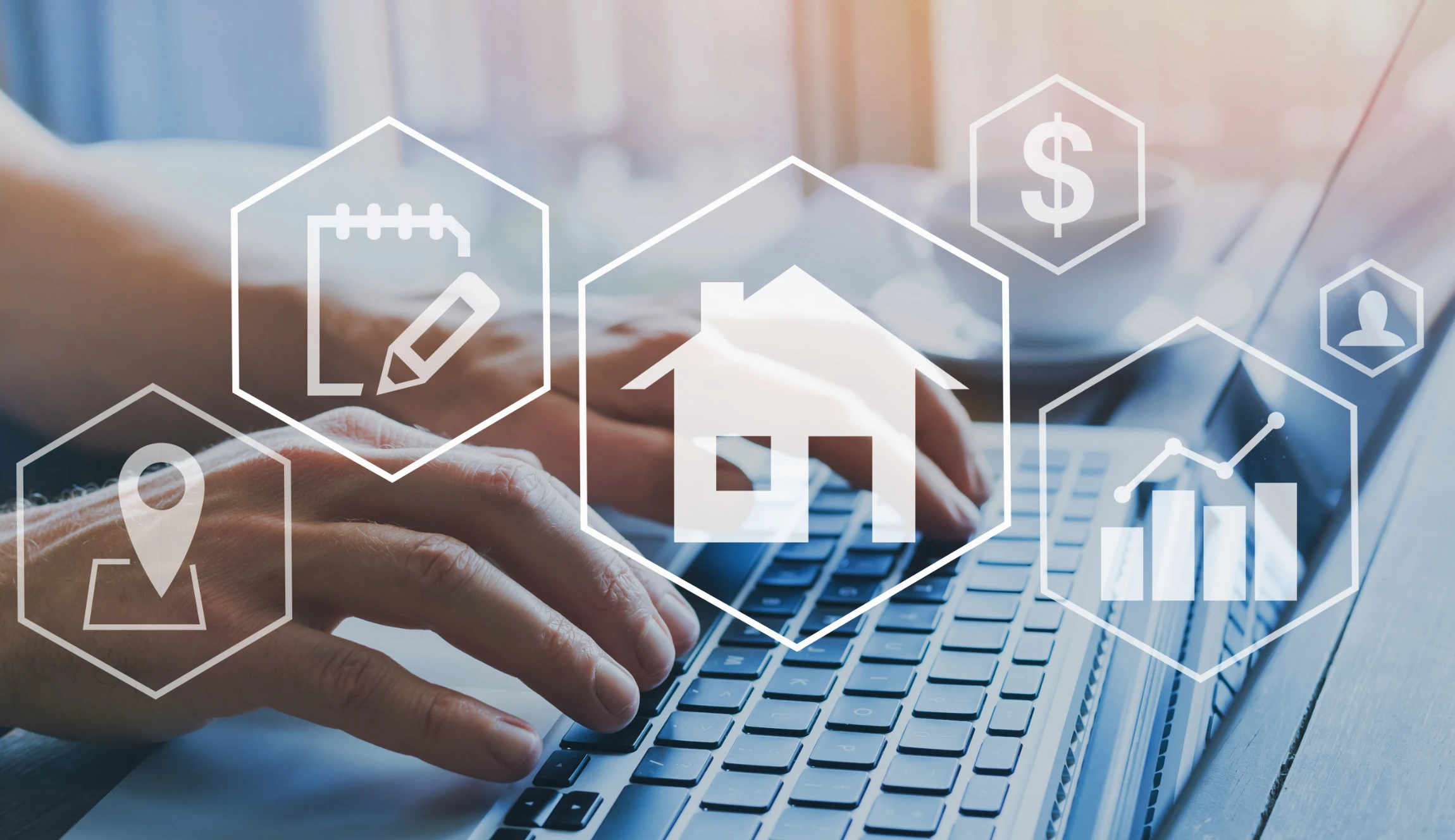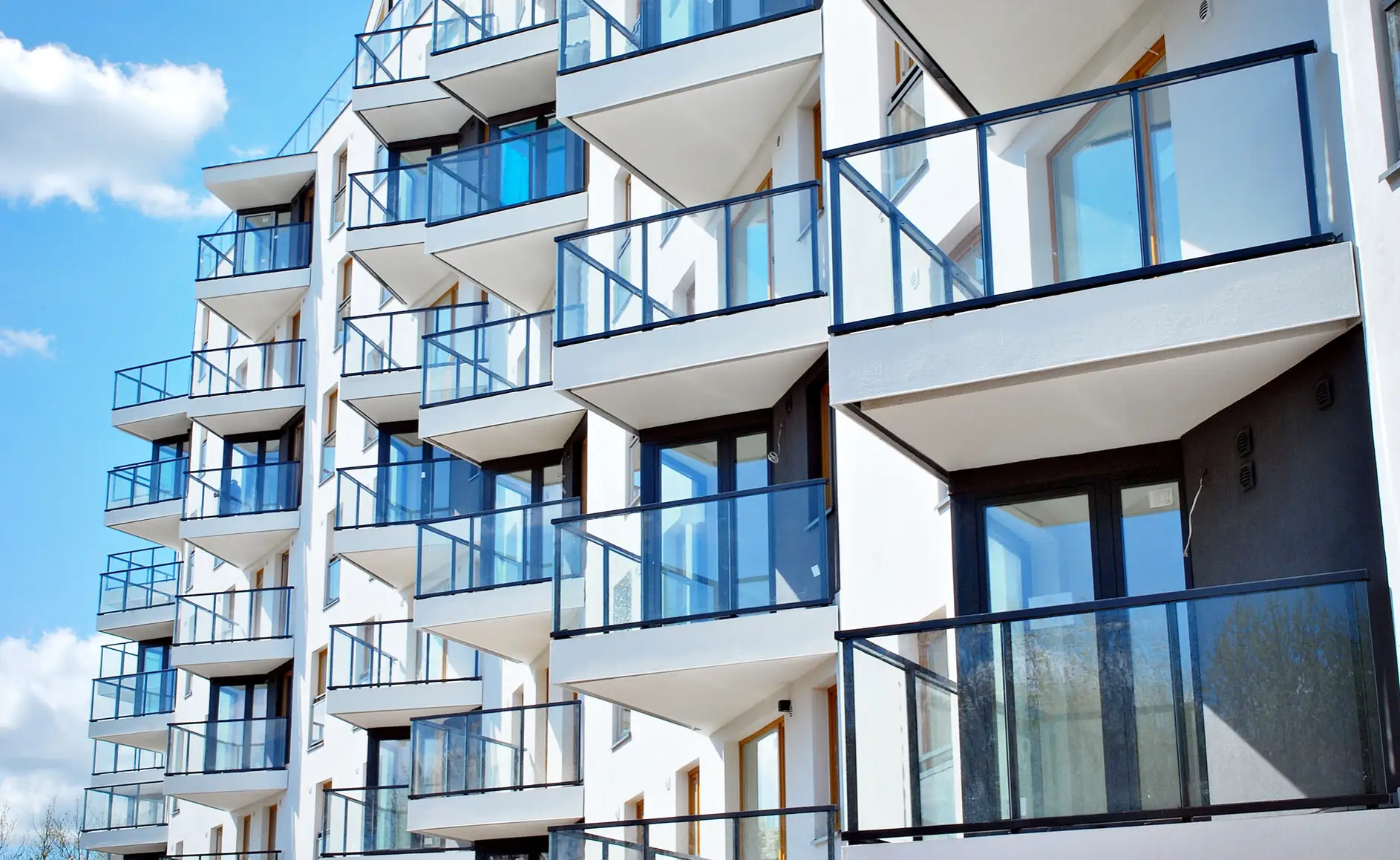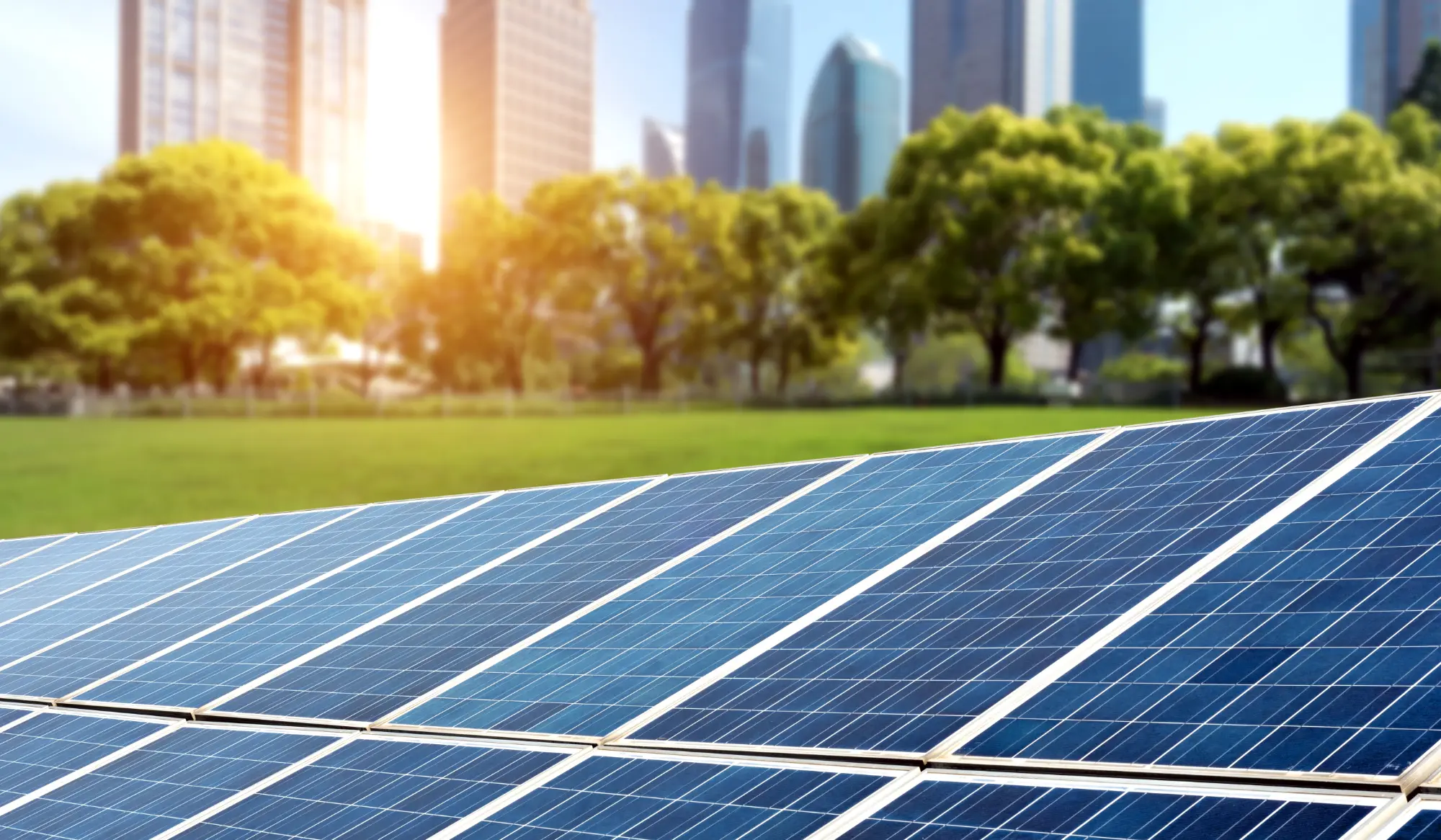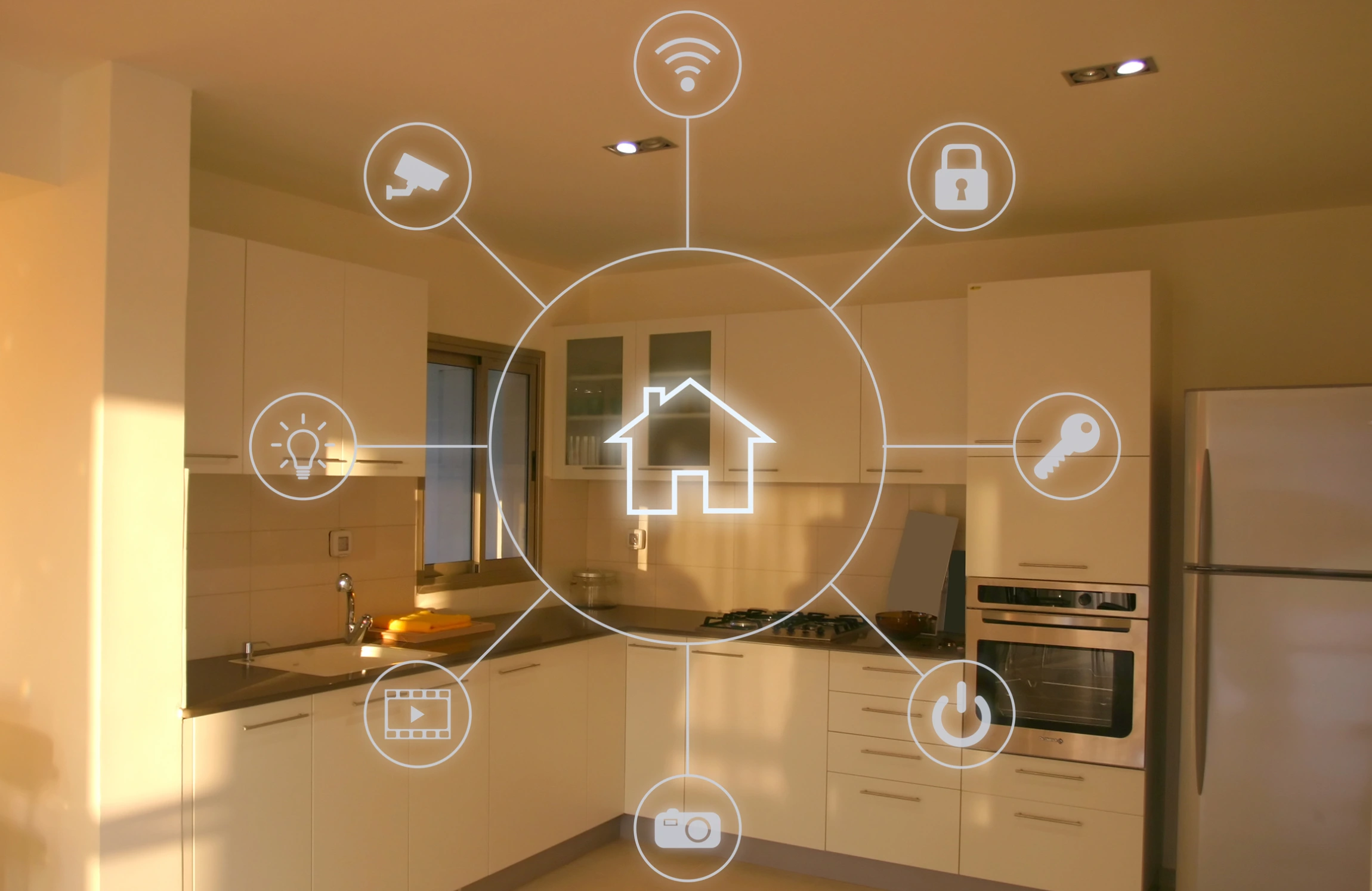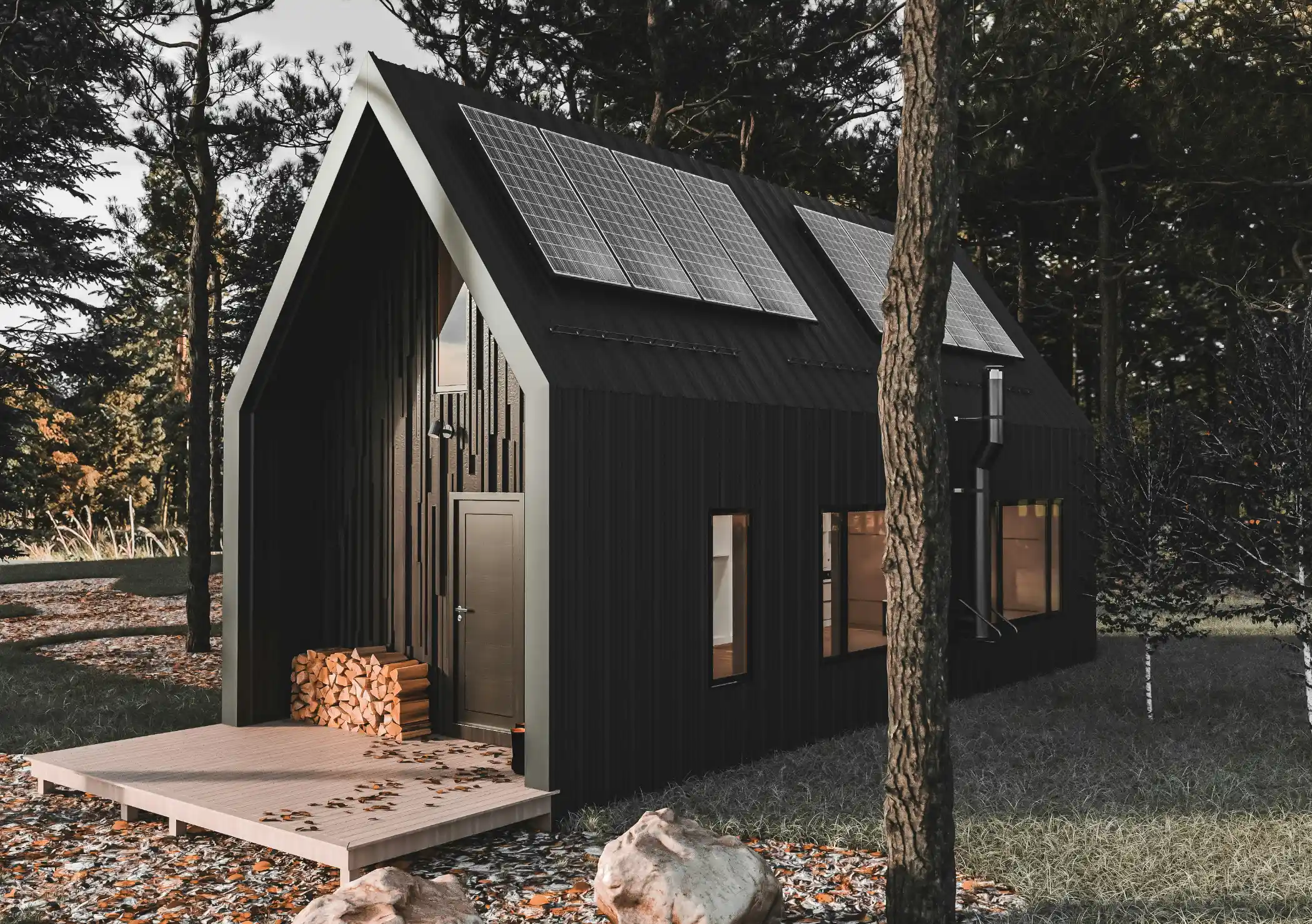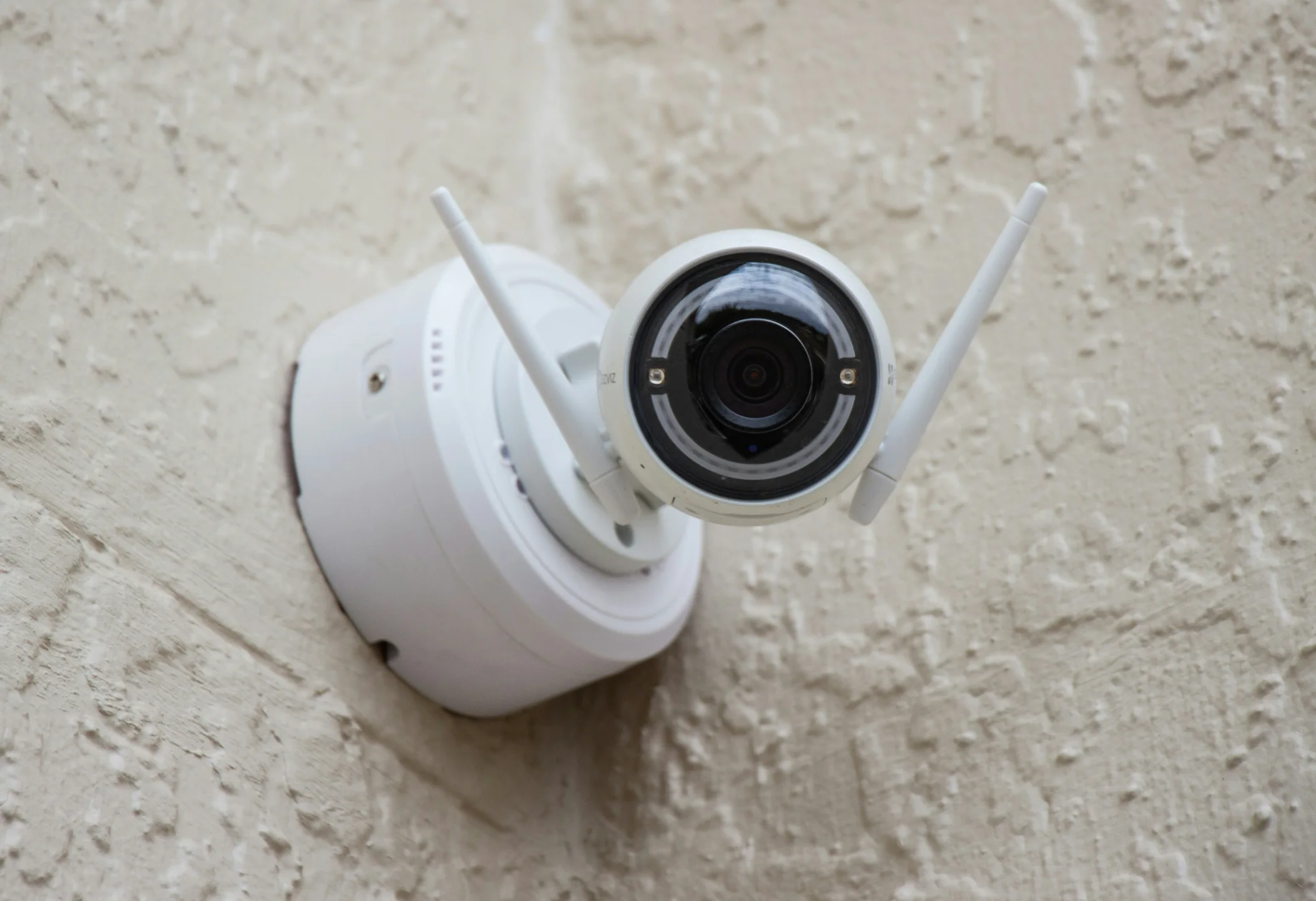
The real estate industry has long been associated with significant environmental impacts, from high energy consumption in buildings to wasteful construction practices. However, PropTech is stepping in to address these challenges, enabling greener solutions that align with global sustainability goals. Despite its potential, the path to a sustainable real estate sector is not without hurdles. Let’s explore the challenges and the innovative PropTech solutions tackling them.
Key Challenges in Greening the Real Estate Sector
1. High Energy Consumption
Buildings account for nearly 40% of global energy consumption and approximately 30% of greenhouse gas emissions. The challenge lies in reducing energy usage without compromising the comfort and functionality of modern properties.
2. Lack of Awareness and Adoption
Many property owners and managers remain unaware of the benefits and availability of sustainable PropTech solutions. Resistance to change, coupled with limited knowledge, slows the adoption of green technologies.
3. Upfront Costs
While sustainable technologies like solar panels or smart energy systems reduce costs in the long run, the initial investment can be prohibitive, especially for smaller property developers and individual landlords.
4. Retrofitting Older Buildings
A significant portion of the real estate stock consists of older buildings, which are often energy-inefficient. Retrofitting these structures with sustainable technologies can be complex and costly due to compatibility issues.
5. Regulatory and Policy Barriers
The lack of clear policies and regulations around sustainable practices in some regions creates uncertainty for developers and property owners, discouraging investments in green solutions.
PropTech Solutions to Overcome These Challenges
PropTech provides a wide range of solutions that address the pressing challenges of sustainability in real estate. By integrating advanced technologies, these solutions enable developers, property managers, and tenants to reduce environmental impact while maintaining efficiency and comfort.
1. Smart Energy Management Systems
Smart energy management systems leverage IoT sensors and data analytics to monitor real-time energy usage across a property. These systems identify inefficiencies and provide actionable recommendations to optimize consumption. For example, they can adjust lighting or HVAC systems automatically based on occupancy and external weather conditions.
- Challenge Addressed: High energy consumption.
- Solution: Reduces waste, improves efficiency, and lowers utility costs by providing precise control over energy usage.
2. Automated Building Controls
Automation is central to making buildings more energy-efficient. Integrated systems for heating, ventilation, air conditioning (HVAC), lighting, and water use can respond dynamically to real-time conditions, such as occupancy or time of day. Predictive analytics ensures that building systems operate only when needed, minimizing unnecessary energy use.
- Challenge Addressed: Energy inefficiency in large buildings.
- Solution: Ensures optimal energy use while maintaining comfort for occupants.
3. Renewable Energy Integration
The adoption of renewable energy sources, such as solar panels and wind energy, is becoming more practical with advances in energy storage technologies. Paired with energy-efficient infrastructure, properties can generate, store, and use their own renewable energy, reducing dependence on traditional power grids.
- Challenge Addressed: High reliance on fossil fuels and upfront costs of sustainable systems.
- Solution: Enables cost-effective, long-term energy independence with reduced carbon footprints.
4. Retrofitting Technologies for Older Buildings
Older properties often lack the infrastructure needed to integrate modern energy solutions. Retrofitting technologies assess a building’s energy performance and recommend targeted upgrades, such as improved insulation, energy-efficient windows, or modernized HVAC systems. These assessments ensure that retrofits are both effective and cost-efficient.
- Challenge Addressed: Compatibility issues with older building infrastructure.
- Solution: Improves energy performance while preserving the structure’s integrity and reducing costs.
5. Waste Reduction in Construction
Digital construction management tools can minimize waste by enhancing planning, tracking material usage, and preventing over-ordering. These tools also facilitate better communication between teams, ensuring projects are executed with minimal errors that might otherwise lead to waste.
- Challenge Addressed: Material waste during construction.
- Solution: Streamlines resource allocation and ensures only necessary materials are used, reducing environmental impact.
6. Tenant Engagement for Sustainability
Sustainability doesn’t stop with construction and management; it extends to tenant behavior. Tenant engagement platforms educate occupants about their energy usage, water consumption, and waste disposal practices. These tools gamify sustainability, encouraging tenants to adopt eco-friendly habits.
- Challenge Addressed: Lack of awareness and tenant engagement.
- Solution: Promotes active participation in sustainability efforts, leading to long-term behavioral changes.
7. Regulatory Compliance Tools
Environmental regulations often require detailed reporting on energy use, emissions, and waste management. Automated compliance tools collect, analyze, and report this data in real-time, ensuring that properties meet legal standards without the administrative burden of manual reporting.
- Challenge Addressed: Regulatory complexity and uncertainty.
- Solution: Simplifies compliance and reduces the risk of penalties while promoting transparency and accountability.
The Way Forward
These solutions demonstrate how PropTech is addressing the environmental challenges faced by the real estate sector. By integrating smart systems, renewable energy, and tenant engagement, the industry can transition to a more sustainable model. Overcoming barriers like cost and awareness will require collaboration among developers, managers, and policymakers, but the path forward is clear: a greener, more efficient future for real estate.



